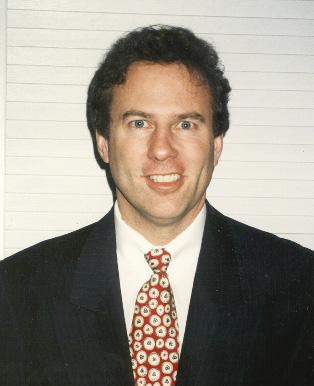Cable Finance 101: Highlighting Cash Flow and Industry Knowledge
From a dozen interviews earlier this year, The Carmel Group was able to garner a strong set of data points and insight into the basic business dealings of small-to-mid-sized cable operators, focused this time on their overall and individual financial needs. Not surprisingly, core access and assistance was provided primarily by ACA Connects’ CEO/president, Matt Polka.

Respondents ranged widely from ACA Connects’ board members, to operators whose main data point is their mid-size subscriber base, to the very smallest of cable operators, in the most rural of locales.
Questions Asked
The Carmel Group concentrated on the responses to six key questions, all focused primarily on the capital and financial needs of ACA Connects’ hundreds of members and constituents.
1. What is your past experience with raising funds for your cable growth?
2. What is your cable experience with local banks?
3. Do the majority of today's banks "get it" when it comes to helping small cable operators grow and compete?
The smarter way to stay on top of the multichannel video marketplace. Sign up below.
4. Are there any banks out there that do "get it" when it comes to funding cable?
5. How important are SBA/USDA/CAF funding sources to cable America?
6. What does the ACA community need when it comes to more banking and better financing?
Top Concerns
In two sentences, National Cable TV Co-op board member, Matt Weller, best summed up the overall situation. Weller is president of All West Communications, headquartered in Kamas, UT.
“You either have to have a deep relationship with a financial institute or find one that understands the industry. I have found that banks that understand the industry are really the best place for funds.” Both great wisdom and examples of practice reside in Weller’s responses.
A summary of responses noted that most local banks clearly do not understand the subscriber-based video and broadband telecom industry. Additionally, a too small number of mid-to-large-sized banks appreciate the value of a business model based upon cash flow.
ACA Connects board member, Bob Gessner, sorted the “funding” problem into three categories, each dependent on the size of the would-be or actual borrower. He noted that the “large” operators have what he called “sophisticated banking/financial relationships with no difficulty accessing capital,” and mid-sized well-run companies have “stable local or regional relationships.” Thus, the pressure to find funds falls on the smaller companies, “due to a “lack of understanding by both the operator and the local bank; a lack of experience and comfort.”
Of fascination, also, was Gessner’s and other’s emphasis upon every operator maintaining its system and investing in upgrades, no matter the subscriber size, over the course of many years and decades. “[Problems arise from] systems [that] slowly degrade over time, to a point where they were caught in a catch-22. They could not upgrade without debt, but the systems were insufficient to support the debt. Banks aren't going to do that. Private equity might, but not for tiny systems.”
In addition, getting any bank to transition from a lending model based upon collateral (e.g., trucks, buildings, and tangible items only) to one based on regular, reliable monthly cash flow, can be a challenge. But it is vital.
Top Solutions
Most respondents stated that they self-financed, typically based upon cash flow. This model was associated – positively -- with “slow growth.”
Firms like Merrill Lynch and Wells Fargo were cited among large national institutions for possible lines of credit (LOCs).
Surprisingly, Denver/Greenwood Village, Colorado-based CoBank was the only institution that was mentioned, unsolicited, in a third of the responses. ACA Connects members felt it satisfied the requirement of that rare financial entity that both “gets” the traditional pay TV and broadband industries, and has the size and deep pockets to make it capable of funding a wide range of projects.
Other local and specialty funders mentioned were RTFC, M & T, and PNC.
The USDA, SBA, CAF, and RUS government programs received a mix of favorable and not-so-favorable opinions. USDA and RUS were touted for their low rates. Concerns about CAF funding were tied to facilities-based funding requirements. Overall, most ACA Connects’ members do not turn to government-backed financial solutions.
Capable Cable Care and Capital
Special thanks are worth repeating, aimed again at both Matt Polka and VP, communications, Ted Hearn, of the Pittsburgh, PA-based ACA Connects, as well as the 10 anonymous and two named members who participated in this survey and write up. For more information, feel free to reach out to the author at jimmy@carmelgroup.com, or go online to www.carmelgroup.com.
Jimmy Schaeffler is chairman and CSO of The Carmel Group, a nearly three-decades-old west coast-based telecom and entertainment consultancy founded in 1995.

